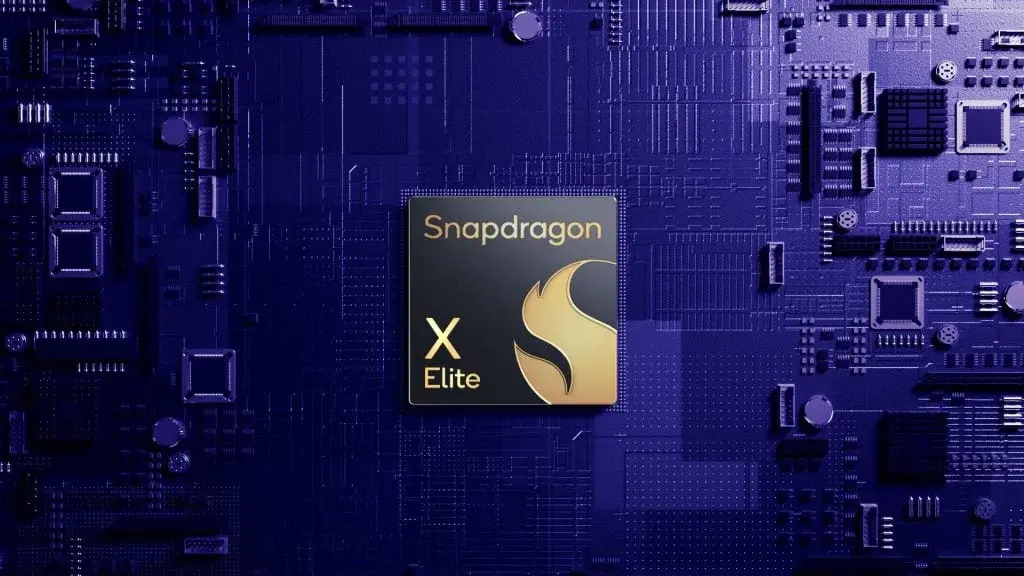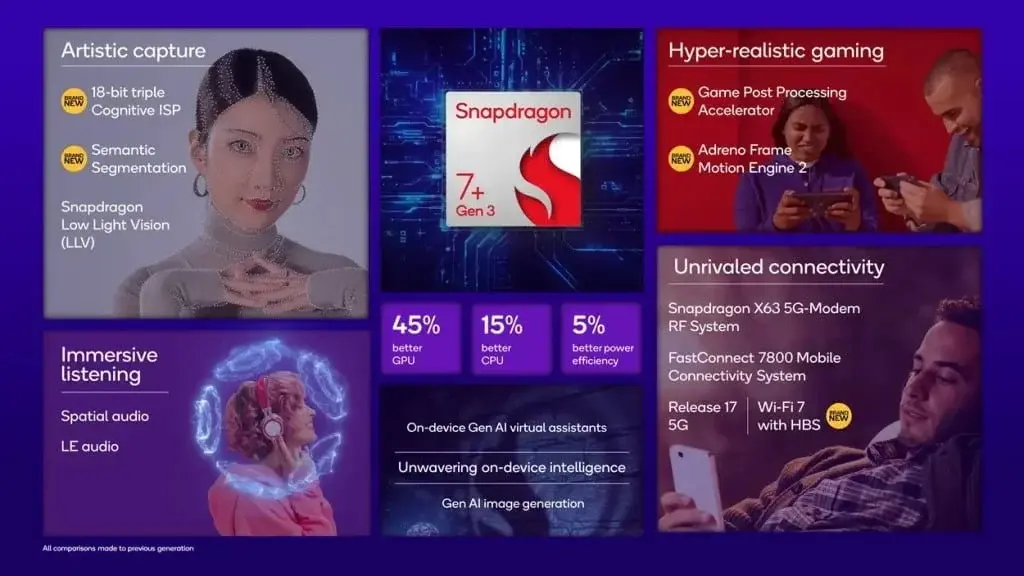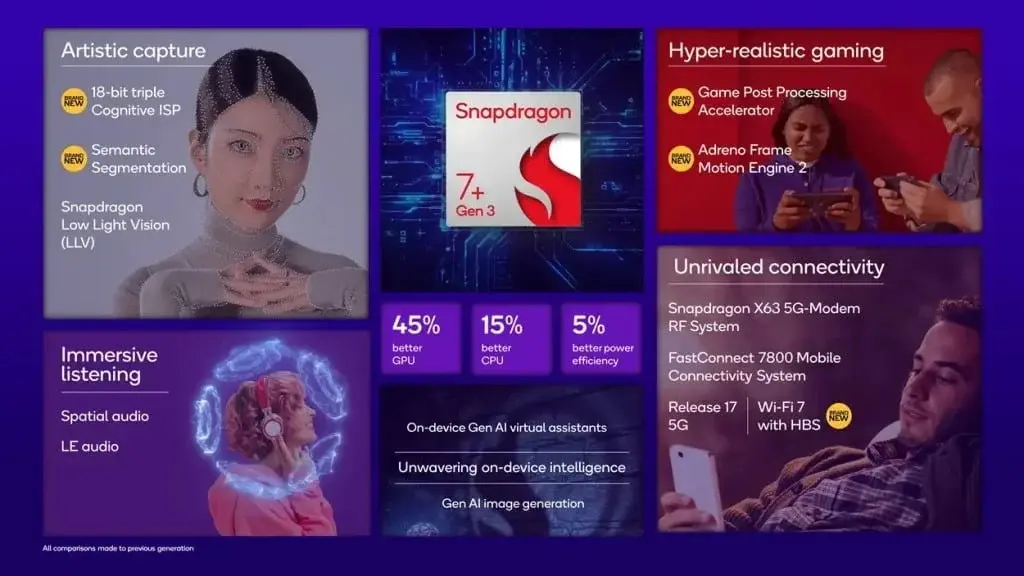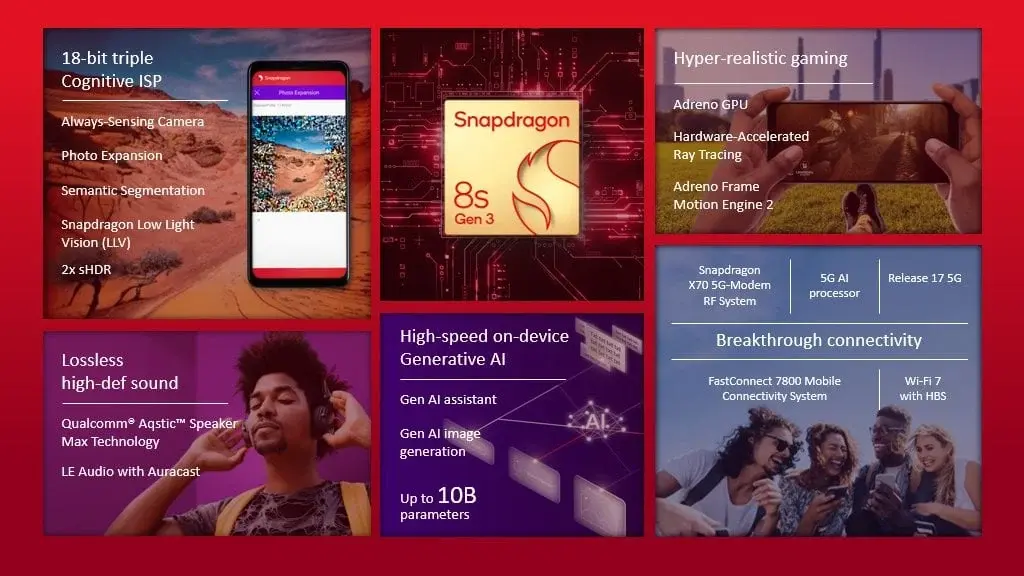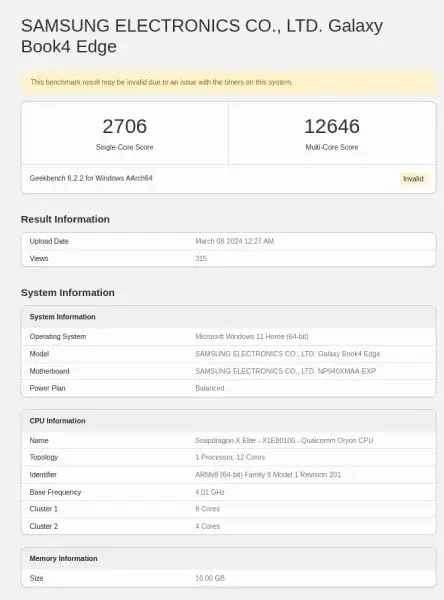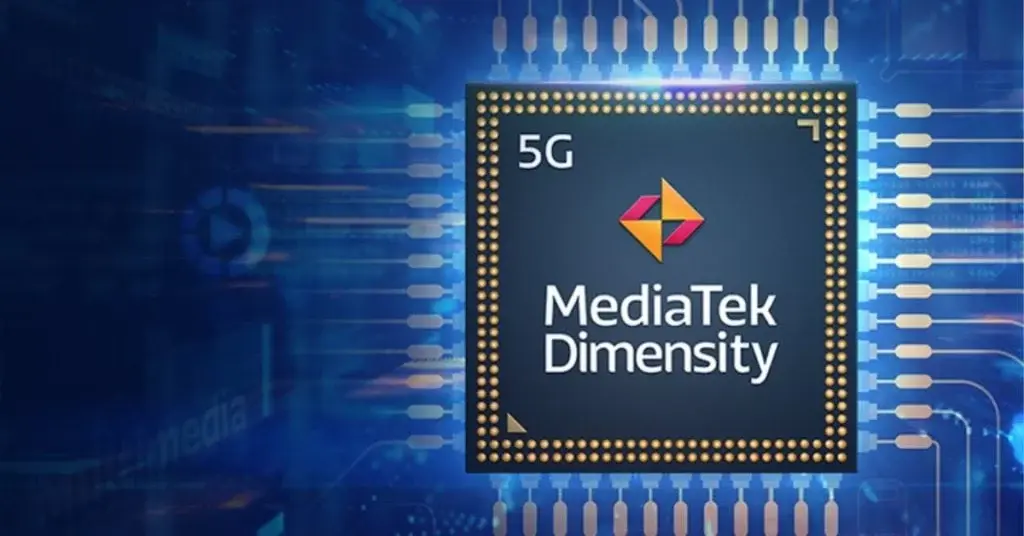As we prepare for the launch of laptops equipped with Snapdragon X Elite chips by mid-2024, Qualcomm is also contemplating offering more cost-efficient ARM-based Windows chip options such as Snapdragon X Plus.
There Are Two Snapdragon X Plus SoC Variants
According to recent leaks, Qualcomm appears to be creating two different variations of their Snapdragon X Plus System-on-Chip (SoC), which may offer advantages over Apple’s current MacBook series. These chips reportedly bear model numbers X1P44100 and X1P46100; “X Plus” chips can be distinguished from Snapdragon X Elite ones by using “X1E” instead of ‘X1P” when listing model numbers.
Potential Features of Snapdragon X Plus
Although exact details remain sparse, its nomenclature suggests that the Snapdragon X Plus may be a lesser version of its more robust sibling; possibly with reduced core counts similar to what Apple uses with their M series chips as a differentiating factor. Although not reaching the raw power of its more expensive sibling, the Snapdragon X Plus could prove ideal for affordable Windows laptops running ARM technology.
Integration of Qualcomm Snapdragon X65 5G Modem.
Qualcomm appears to be testing an important feature that would make Snapdragon X Plus laptops even more appealing: an integrated Snapdragon X65 5G modem. If successful implementation occurs, this would bring 5G-enabled Windows laptops onto the market – something Apple cannot compete with due to Apple’s absence in this particular segment of 5G laptops.
Though an official release date for the Snapdragon X Plus smartphone hasn’t been set, considering its predecessor is anticipated for later 2024, we might expect its arrival later in 2019 or early in 2025 based on similar patterns as with its Snapdragon X Elite counterparts. At present, however, any predictions remain uncertain and timeline estimates should only be used as estimates at best.




